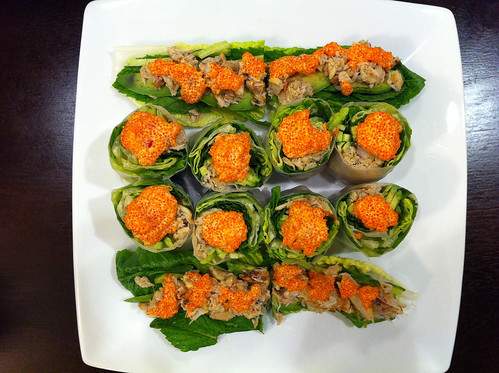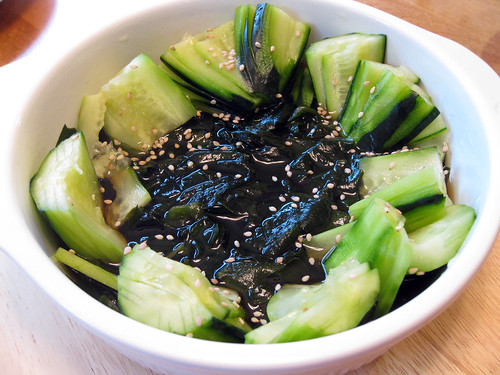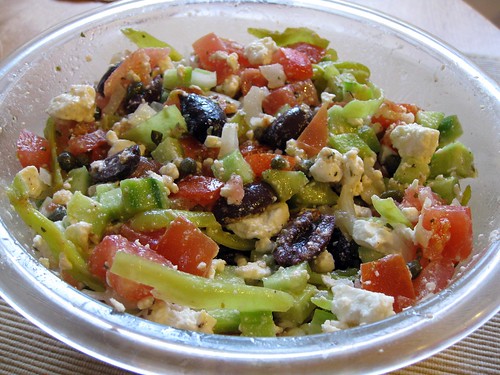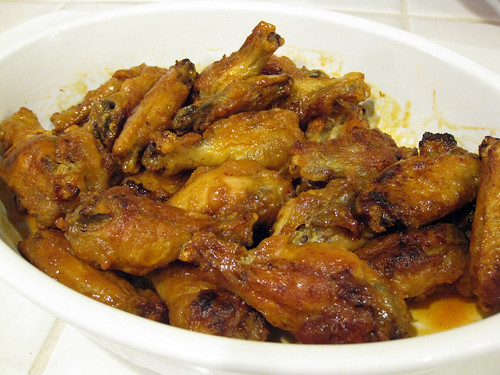There are countless variations of miso soup, and this is the one you’ll find most commonly on Japanese restaurant menus. It’s also among the easiest to make – the whole thing really only takes ten minutes. As simple as it is, though, make sure you have good fresh dashi stock on hand to really bring out the soup’s umami-laden flavor.
Ingredients:
1 inch piece konbu (dried kelp)
1 handful katsuo-bushi (dried bonito flakes)
1/2 cake silken tofu, cut into 3/4-inch pieces
1 teaspoon dried wakame seaweed, reconstituted and roughly chopped
1 green onion, thinly sliced
2 tablespoons miso
1. To make the dashi, soak konbu in a pot, in 1/2 cup of of cold water for 30 minutes. Heat up slowly until bubbles form in water. Remove konbu just before the water boils. Add in 1 more cup of water to bring down the overall temperature. Throw in the handful of katsuo-bushi and bring to boil for just a moment. Take pot off heat, and let the katsuo-bushi sit for 1 more minute, then filter through a sieve.
2. Pour the dashi stock into a medium cooking pot and bring to a boil over medium heat. Add the tofu and wakame seaweed, and remove from the heat before coming to a boil. Add the miso gradually into the soup while softening with some stock and dissolving with the back of a spoon. Add the green onions and ladle into individual serving bowls.





